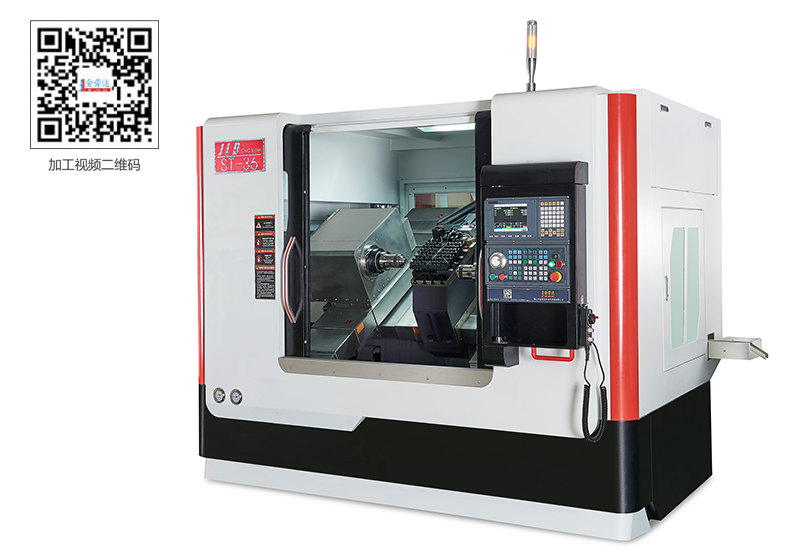CNC lathes are divided into vertical CNC lathes and horizontal CNC lathes.
The vertical CNC lathe is used for turning disc parts with large rotary diameter.
Horizontal CNC lathe is used for turning long axial size or small disc parts.
Horizontal CNC lathes can be further divided into economical CNC lathes, ordinary CNC lathes and turning centers according to their functions.
The main contents of this paper are as follows:
(1) economical CNC lathe: a simple CNC lathe formed after the transformation of the turning feed system of the ordinary lathe by using stepper motor and single-chip microcomputer.
The cost is low, the degree of automation and function are poor, and the turning precision is not high, so it is suitable for the turning of rotary parts with low requirements.
(2) ordinary CNC lathe: a CNC lathe specially designed in structure according to the requirements of turning and equipped with a general CNC system.
The numerical control system has strong function, high degree of automation and machining precision, so it is suitable for turning general rotary parts.
This kind of CNC lathe controls two axes at the same time, namely x-axis and z-axis.
(3) turning machining center: on the basis of the ordinary CNC lathe, the C axis and power head are added, and more CNC lathes are equipped with a tool library, which can control the X, Z and C axes. The linkage control axis can be (X, Z), (X, C) or (Z, C).
Due to the addition of C-axis and milling power head, the machining function of this kind of NC lathe is greatly enhanced, in addition to general turning, it can also carry out radial and axial milling, surface milling, drilling of holes and radial holes where the center line is not in the rotary center of the parts.

When placing the CNC lathe, the balance should be placed in the free state, and then the anchor bolts should be locked evenly.
For ordinary CNC lathes, the level meter reading does not exceed 0.04 inch 1000mm, and for high precision CNC lathes, the level meter does not exceed 0.02/1000mm.
When measuring the installation accuracy, it should be carried out at a constant temperature, and the measuring tool should be used after a period of fixed temperature.
During the installation of the CNC lathe, every effort should be made to avoid the installation method of forced deformation of the CNC lathe.
Some parts of the CNC lathe should not be removed casually during the installation of the CNC lathe, and the disassembly of the parts may lead to the redistribution of stress in the CNC lathe, thus affecting the accuracy of the CNC lathe.
After the geometric accuracy of the lathe is qualified, the whole machine needs to be cleaned.
Use cotton cloth or silk cloth soaked with cleaning agent, not cotton yarn or gauze.
Clean out the antirust oil or antirust paint applied to protect the guide rail surface and machining surface when the CNC lathe leaves the factory.
Clean the dust on the outer surface of the CNC lathe.
Apply the CNC lathe manufacturer's regulation to make the lubricating oil on each sliding surface and working face.
National Enquiry Hotline:
Mr. Luo 139-2594-2134
Special (Tel): 0757-22905223 / 22905768
After-sales (Tel): 0757-22905216 / 22905768
Switchboard (Tel): 0757-22905226
Address: No. 103, Block 3, Phase 9, International Industrial City, Rong

